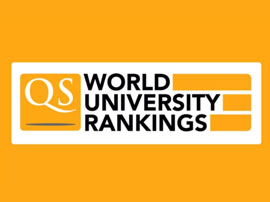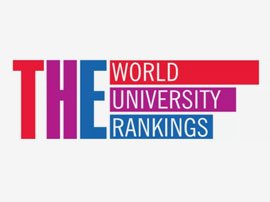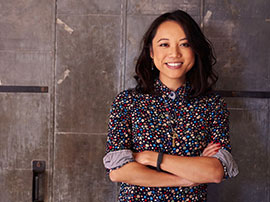国际学生入学条件
Submit partial official secondary school (high school) transcripts and final transcripts. Earn the equivalent of a U.S. 3.0 grade point average (GPA) or an average of ''B'' grades.Take SAT or ACT (highly recommended). If you do not have the equivalent to a U.S. 3.0 GPA, you will need to submit SAT or ACT scores to be considered for admission. TOEFL (Internet) - 61, TOEFL paper based - 500, IELTS - 6
展开
IDP—雅思考试联合主办方

雅思考试总分
6.0
了解更多
雅思考试指南
- 雅思总分:6
- 托福网考总分:61
- 托福笔试总分:500
- 其他语言考试:PTE - 44
CRICOS代码:
申请截止日期: 请与IDP顾问联系以获取详细信息。
课程简介
The overall objectives of the Pictorial Art Area are as follows: Visual sensitivity in the pictorial art is developed in a number of ways. In Beginning Drawing students learn to translate the perceived world into two-dimensional constructs such as line and tone. While formal elements of composition are specifically addressed in 2-D Concepts, they remain an integral part of all pictorial courses. As students progress through more advanced courses, they engage in more sophisticated levels of visual thinking. This will be reflected in their work in the utilization of more complex formal means, both representational and abstract, and to express content. In critique sessions, students are encouraged to articulate visual ideas.<br><br>In Pictorial Art, students learn to conceptualize their ideas and execute them. This is true on every level from introductory courses to the most advanced. In some courses, such as Expressive Drawing, the emphasis is on the discovery of personal content through abstraction of the observed world or through the development of non-representational vocabulary. In other courses, such as Representational Drawing and Life Drawing, the emphasis is on perception and learning more traditional methods of rendering and depiction. In more advanced courses students are given the opportunity to choose the stylistic means of expression which best gives form to their visual ideas.<br><br>Students in Pictorial Art area are exposed to a wide variety of techniques and technical processes. This ranges from the simple and straight-forward use of pencil and charcoal in drawing through the slightly more complex techniques of watercolor, acrylic and oil painting to the more involved processes of hand-drawn and photo-generated serigraphy, as well as the chemical processes of lithography and intaglio printing. By the time they graduate students will be proficient in several of these areas. The Art History requirements for the major give the students a broad understanding of the major movements of the past and present in both the Western and non-Western worlds. In addition, slide lectures and books presented in the classroom put course work into a historical and cultural context.
展开







 预科
预科 奖学金
奖学金 实习机会
实习机会 在校学习
在校学习 跨境学习
跨境学习 校园授课-线上开始
校园授课-线上开始 在线/远程学习
在线/远程学习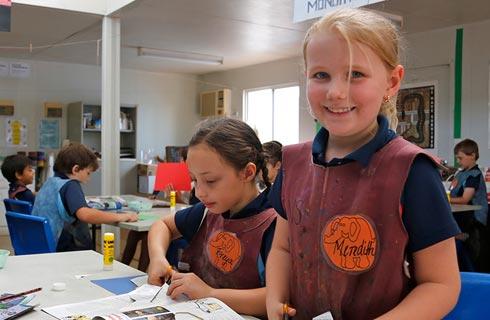











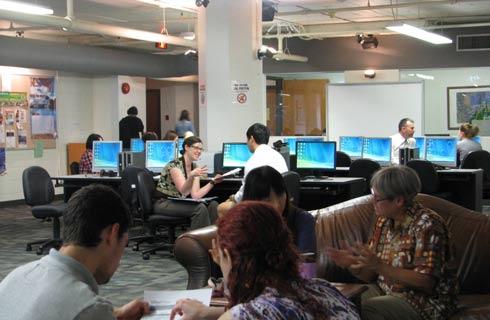
 劳伦森大学
劳伦森大学

 圣力嘉学院
圣力嘉学院

 多伦多都会大学
多伦多都会大学

 多伦多都会大学
多伦多都会大学

 菲莎国际学院
菲莎国际学院

 菲莎国际学院
菲莎国际学院







